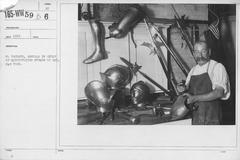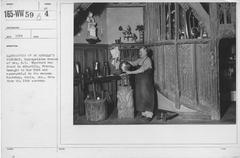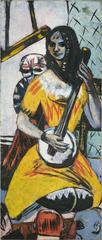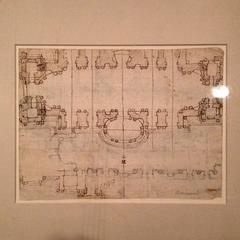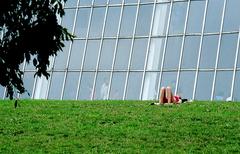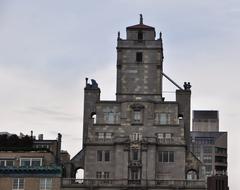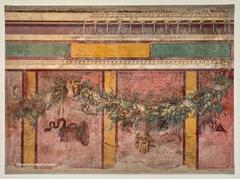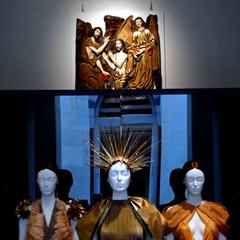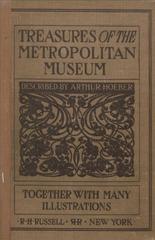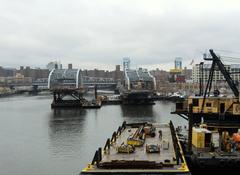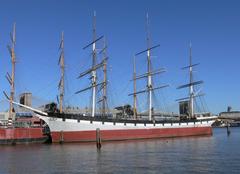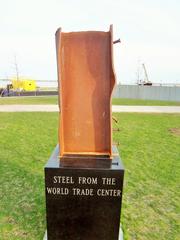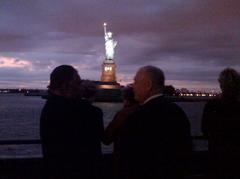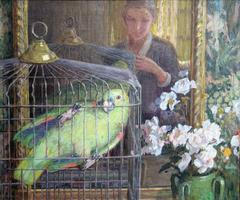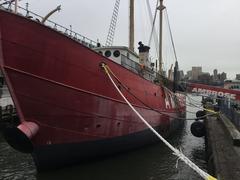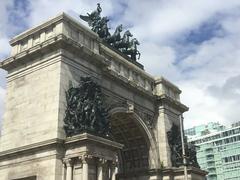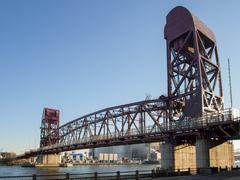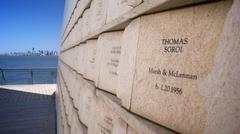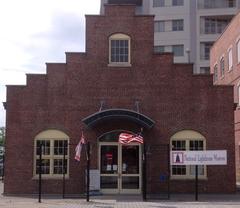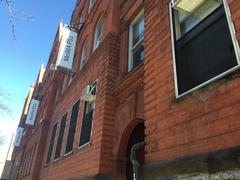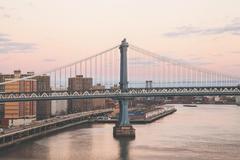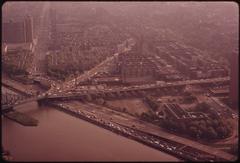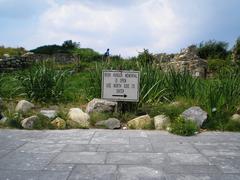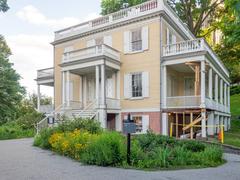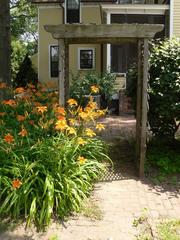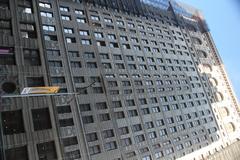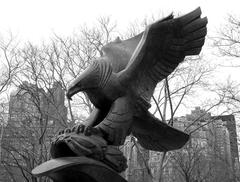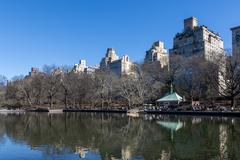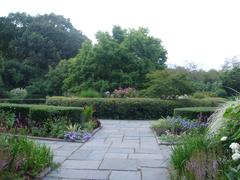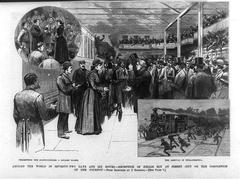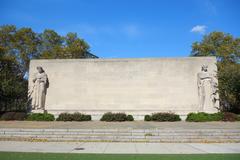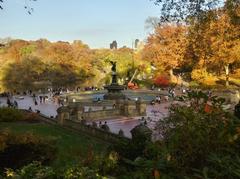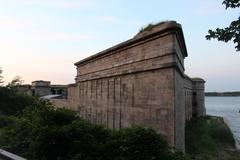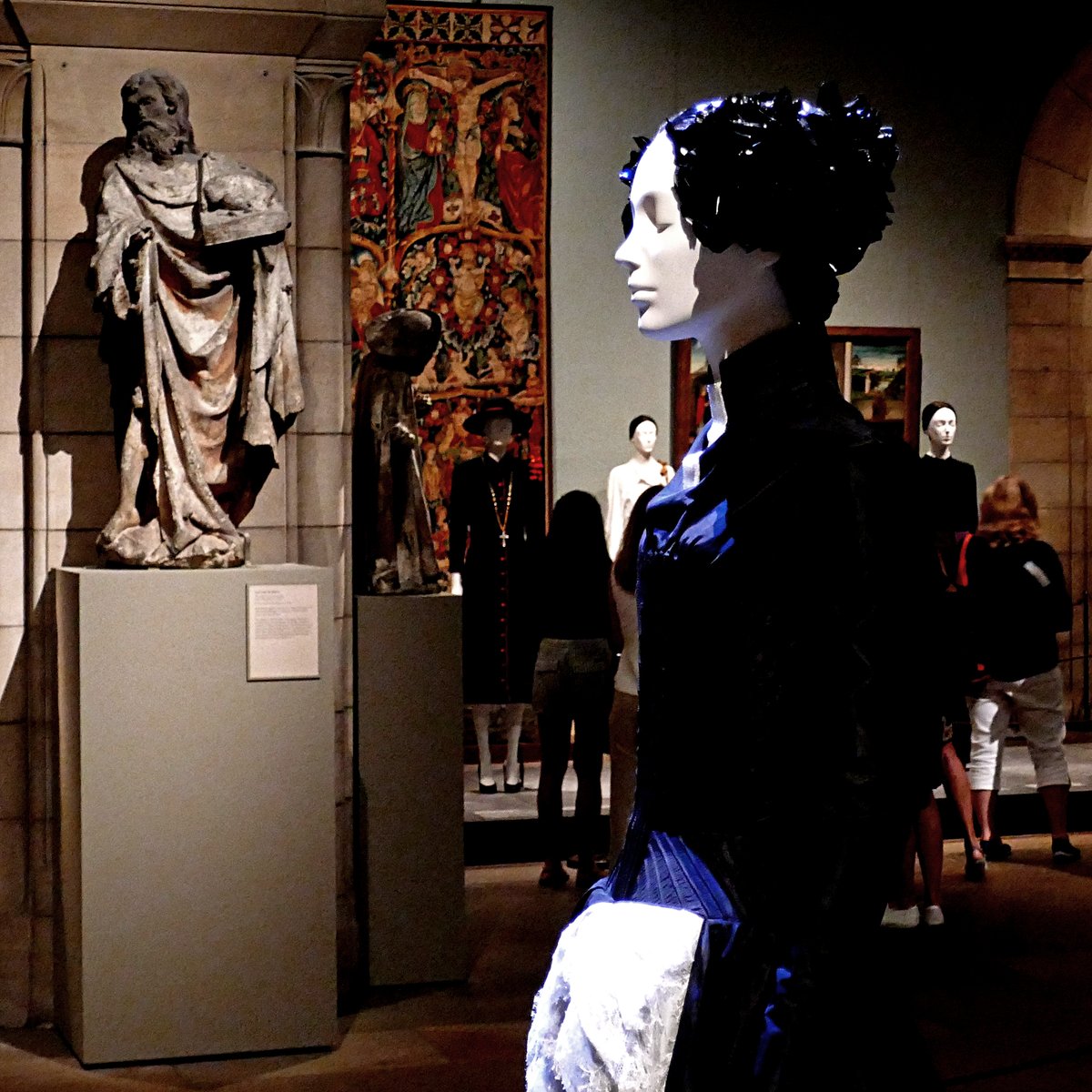
Comprehensive Guide to Visiting the Metropolitan Museum of Art, New York City, United States
Date: 17/08/2024
Introduction
The Metropolitan Museum of Art, affectionately known as ‘The Met,’ stands as one of New York City’s most iconic cultural and historical landmarks. Established in 1870, the museum’s mission was to bring art and education to the American people, a vision realized by its founders, a group of American businessmen, artists, and philanthropists. Today, The Met is more than just a repository of art; it is a global institution that spans over 5,000 years of artistic heritage from various cultures around the world. The museum’s vast collection includes everything from ancient Egyptian artifacts to modern and contemporary art, drawing millions of visitors annually. The Met’s architectural significance, marked by its historic building designed by Richard Morris Hunt and subsequent expansions, adds another layer of allure for visitors. With locations including The Met Breuer and The Met Cloisters, the museum offers diverse experiences that cater to a wide range of interests (Experience NYC, The Tour Guy). This comprehensive guide aims to provide detailed information on visiting hours, ticket prices, significant collections, architectural marvels, and practical tips to ensure a memorable visit to The Met.
Table of Contents
- [Visitor Information](#visitor-informationvisitor-information)
- [History of the Metropolitan Museum of Art](#history-of-the-metropolitan-museum-of-arthistory-of-the-metropolitan-museum-of-art)
- [Founding and Early Years](#founding-and-early-yearsfounding-and-early-years)
- [Growth and Expansion](#growth-and-expansiongrowth-and-expansion)
- [Significant Acquisitions](#significant-acquisitionssignificant-acquisitions)
- [Architectural Evolution](#architectural-evolutionarchitectural-evolution)
- [The Met Cloisters](#the-met-cloistersthe-met-cloisters)
- [The Met Breuer](#the-met-breuerthe-met-breuer)
- [Educational and Cultural Impact](#educational-and-cultural-impacteducational-and-cultural-impact)
- [Notable Exhibitions](#notable-exhibitionsnotable-exhibitions)
- [Visitor Experience](#visitor-experiencevisitor-experience)
- [Travel Tips and Nearby Attractions](#travel-tips-and-nearby-attractionstravel-tips-and-nearby-attractions)
- [Future Plans](#future-plansfuture-plans)
- [FAQ](#faqfaq)
- [Conclusion](#conclusionconclusion)
- [References](#referencesreferences)
Visitor Information
Planning a visit to the Metropolitan Museum of Art, commonly known as ‘The Met,’ requires knowing its operating hours and ticketing information. The museum is open seven days a week, with hours typically from 10 AM to 5:30 PM, and extended hours until 9 PM on Fridays and Saturdays. General admission tickets are $25 for adults, $17 for seniors, and $12 for students. Admission is free for members and children under 12. Visitors can also enjoy free Wi-Fi and download the Met app for an enhanced experience.
History of the Metropolitan Museum of Art
Founding and Early Years
The Metropolitan Museum of Art was founded in 1870 by a group of American citizens, including businessmen, artists, and philanthropists. Their mission was to establish a museum that would bring art and art education to the American people. The museum opened its doors to the public on February 20, 1872, in a building located at 681 Fifth Avenue (Experience NYC).
Growth and Expansion
The Met’s collection grew rapidly, necessitating a move to its current location on Fifth Avenue and 82nd Street in 1880. The new building, designed by architect Richard Morris Hunt, was constructed in stages, with the first section completed in 1888. Over the years, the museum has undergone numerous expansions and renovations to accommodate its ever-growing collection and visitor numbers (The Tour Guy).
Significant Acquisitions
One of the most notable acquisitions in the Met’s history is the Temple of Dendur, an ancient Egyptian temple dating back to the reign of Augustus Caesar. The temple was gifted to the United States by Egypt in 1965 and installed in the museum in 1978. This acquisition underscores the Met’s commitment to preserving and showcasing art from diverse cultures and time periods (CNN).
Architectural Evolution
The Met’s architectural evolution is a testament to its growth and the changing needs of its collection and visitors. The original building has been expanded multiple times, with significant additions including the American Wing (1924), the Sackler Wing (1978), and the Met Breuer (2016). Each expansion has been designed to enhance the visitor experience and provide more space for the museum’s extensive collection (Ana Florentina).
The Met Cloisters
In addition to its main building, the Met operates two other locations: the Met Cloisters and the Met Breuer. The Met Cloisters, located in Fort Tryon Park in Upper Manhattan, is dedicated to the art and architecture of medieval Europe. It opened to the public in 1938 and features a collection of medieval art, including tapestries, sculptures, and illuminated manuscripts (The Tour Guy).
The Met Breuer
The Met Breuer, located on Madison Avenue, focuses on modern and contemporary art. It opened in 2016 in the building formerly occupied by the Whitney Museum of American Art. The Met Breuer has allowed the museum to expand its programming and exhibitions in modern and contemporary art, further solidifying its status as a comprehensive art institution (Experience NYC).
Educational and Cultural Impact
The Met has played a significant role in art education and cultural enrichment. It offers a wide range of educational programs, including lectures, workshops, and guided tours, many of which are free with museum admission. The museum also provides resources for educators and students, including lesson plans and interactive online tools (CNN).
Notable Exhibitions
The Met has hosted numerous notable exhibitions over the years, showcasing works from its own collection as well as loans from other institutions. Some of the most famous exhibitions include “Treasures of Tutankhamun” (1976-1979), which drew millions of visitors, and “Heavenly Bodies: Fashion and the Catholic Imagination” (2018), which explored the relationship between fashion and religious art (The Met).
Visitor Experience
The Met is committed to providing an exceptional visitor experience. It offers a variety of amenities, including dining options, gift shops, and accessible facilities. Visitors can take advantage of the museum’s free Wi-Fi and download the Met app for an enhanced experience (The Tour Guy).
Travel Tips and Nearby Attractions
For those visiting the Met, it’s worth exploring nearby attractions such as Central Park, the Guggenheim Museum, and the American Museum of Natural History. Consider taking guided tours to enrich your experience, and don’t forget to check out the Met’s special events and photographic spots for capturing memorable moments.
Future Plans
Looking ahead, the Met continues to evolve and innovate. Plans for future expansions and renovations are in place to ensure that the museum remains a leading cultural institution. The Met is also committed to sustainability and has implemented various initiatives to reduce its environmental impact, including energy-efficient lighting and waste reduction programs (Ana Florentina).
FAQ
What are the Metropolitan Museum of Art’s visiting hours?
The Met is open seven days a week from 10 AM to 5:30 PM, with extended hours until 9 PM on Fridays and Saturdays.
How much are tickets to the Metropolitan Museum of Art?
General admission tickets are $25 for adults, $17 for seniors, and $12 for students. Admission is free for members and children under 12.
What are some nearby attractions?
Nearby attractions include Central Park, the Guggenheim Museum, and the American Museum of Natural History.
Does the Met offer guided tours?
Yes, the Met offers a variety of guided tours to enhance the visitor experience.
Conclusion
The Metropolitan Museum of Art’s rich history and ongoing commitment to art and education make it a must-visit destination for art lovers and tourists alike. With its vast collection, diverse exhibitions, and educational programs, the Met offers something for everyone, ensuring a memorable and enriching experience for all who visit (Experience NYC). Be sure to follow the Met on social media and download the Met app for the latest updates and information.
References
- Experience NYC, n.d., n.a. Experience NYC
- The Tour Guy, n.d., n.a. The Tour Guy
- CNN, 2023, n.a. CNN
- Ana Florentina, n.d., n.a. Ana Florentina
- Metropolitan Museum of Art, n.d., n.a. Metropolitan Museum of Art
- The Collector, n.d., n.a. The Collector
- Metro US, n.d., n.a. Metro US
- New York Dearest, n.d., n.a. New York Dearest
- NYC Tourism, n.d., n.a. NYC Tourism
- Adventuring Millennial, 2019, n.a. Adventuring Millennial
- Explore, n.d., n.a. Explore
- Lonely Planet, n.d., n.a. Lonely Planet

